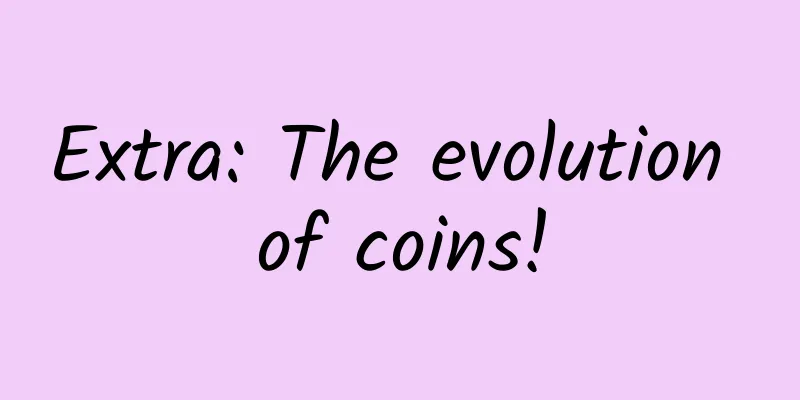Hongmeng OS 2.0 is about to be launched, and the mobile developer Beta version will be released on December 16

|
On December 14, Wang Chenglu, President of Huawei's Consumer Business Software Department, announced on Weibo that the Hongmeng OS 2.0 mobile developer Beta version will be released in Beijing on December 16. He wrote on Weibo: "HarmonyOS is growing rapidly along the roadmap we announced at HDC, and has reached a new milestone in the blink of an eye. On December 16, I will release the HarmonyOS 2.0 mobile developer Beta version in Beijing. We welcome partners and developer friends to explore and create together." As early as September 10, at the Huawei 2020 Developer Conference, Huawei Consumer Business CEO Yu Chengdong said: "The mobile phone version will be released in December 2020, and Huawei smartphones will be fully upgraded to support Hongmeng 2.0 next year." Wang Chenglu said that from a purely technical perspective, Hongmeng OS had already met the conditions for use on mobile phones in September. The reason why it was not applied was "on the one hand, it takes time to solve the application ecosystem problem, and on the other hand, it takes into account the cooperative relationship with Google." In the past five years, Huawei's software team has basically completed the "overall replacement" of the core parts of the Android system, so it is a natural thing to upgrade Android's EMUI with the Hongmeng OS system today. Wang Chenglu revealed that EMUI 11 will be the first model to be upgraded to Hongmeng OS. In January and February next year, some mobile phone users will be allowed to upgrade to Hongmeng OS. The initial upgrade will be verified for a few months, and then the upgrade will be fully released. Ren Zhengfei and Yu Chengdong have repeatedly stated that Hongmeng is not just a mobile phone system, but a "future-oriented" operating system, a microkernel-based distributed operating system for all scenarios. Adapting to smartphones is only the first step taken by Huawei. In the future, it will also adapt to multiple terminal devices such as tablets, computers, smart cars, wearable devices, etc. The ultimate goal is to achieve a strategic layout for 5G. As Wang Chenglu said, "HarmonyOS is growing rapidly along the roadmap we announced at HDC." Despite some bumps along the way, Huawei is already at the forefront of the world in 5G deployment. |
>>: Apple releases new version of MacOS: can share iOS applications
Recommend
Baidu Promotion: The latest version of Baidu information flow advertising product manual!
What is Baidu information flow advertising ? What...
How do brand accounts on Bilibili attract fans and traffic? How do UP hosts on Bilibili get paid for promotion?
Advertising is becoming a new engine for Bilibili...
For event operation routines, just read this article!
Event Operations 1. Understanding Event Operation...
The weird problem Feynman thought of when he was studying was finally solved 80 years later
Feynman has many interesting and thought-provokin...
What types of Googlebot are there?
Googlebot is generally called Google robot or Goo...
Solid info! 10 common methods to expand Baidu bidding in 2021
In fact, the concept of grabbing volume has exist...
Why did Baidu and Alibaba register their companies in the Cayman Islands?
Recently, Asian billionaire Li Ka-shing reorganiz...
How much does it cost to be an agent for office supplies mini program in Wuhu market?
How much does it cost to be an agent for an offic...
2020 Short Video E-commerce Live Streaming Operation Plan Practical Tips
A quality live broadcast must be carefully planne...
What is a suitable gift for teachers on Teacher's Day?
The annual Teachers' Day is here again. I saw...
Just tonight, look up!
The first "dog eating the moon" this ye...
5 steps to plan an event promotion!
Whether you are doing user operations, new media ...
Zhang Xiaolong: I am deeply concerned about the impact of expanding the WeChat friend limit to 5,000 friends
Over the years since WeChat was born, the setting...
Have you ever thought about this: the ad is great, but there is no conversion rate? What's the use! ! !
Ever since soft-text masters such as Gu Ye, Wang ...
After reading 10,000 negative reviews, I reviewed and reflected on my operations
So I thought of taking a look at what the users i...









